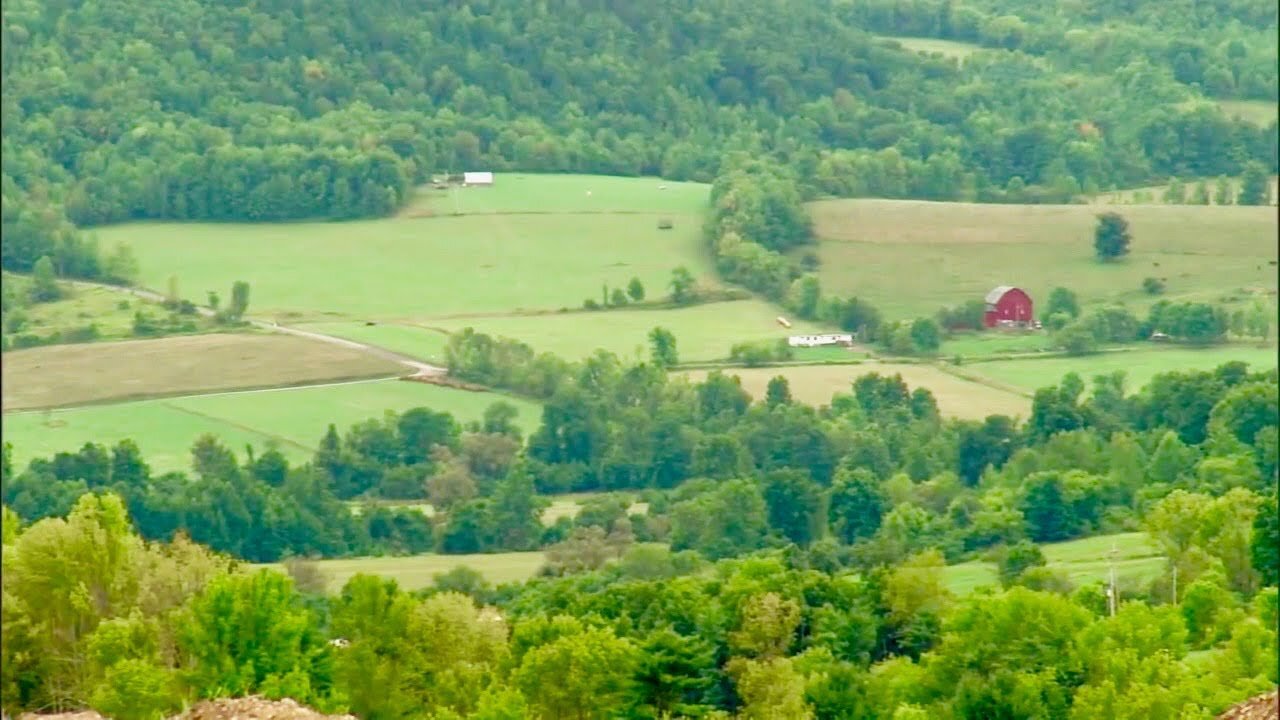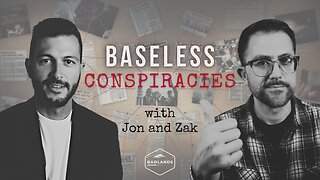Premium Only Content

Environment Friendly Fracking Company Re-Plants Trees & Returns Land To Nature - RECLAMATION
Land Reclamation - When a well finishes producing oil or gas, on average after 20 years, the last stage of the lifecycle of a well begins. This step, known as reclamation, is the process of returning the land as close as possible to its original form and use. This requires removing equipment and replanting the site with native vegetation, and can take up to five years or more to complete.
Regulators like the Energy Resources Conservation Board (ERCB) in Alberta require exploration and production (E&P) companies to make every effort to have the least amount of impact on the environment, so it’s easier to return the land to its original use.
This has dramatically affected how wells are drilled in Canada. For example, the area cleared for well pad installations has been reduced by about 40 per cent today compared to the 1970s, and drilling multiple wells from a single pad has become commonplace. (Source: Our Petroleum Challenge)
Steps in Reclamation:
Planning: Reclamation plans are required when applying for a license to drill.
Landscape designs: These plans take into consideration reintroducing appropriate vegetation and the creation of visually pleasing and functional landscapes.
Material handling: Once the general shape of the land has been formed, top soil can be placed. This soil is often made up of organic materials from the forest floor which contains seeds and roots of plants.
Re-vegetation or reforestation: Land is re-planted by smoothing top soil, placing fertilizer, seeding and harrowing. In reforestation, trees and a variety of shrubs are included in the planting mix.
Monitoring: After reclamation, E&P companies monitor the health of trees and soil. Seedling plants are assessed one year after planting and then at five-year intervals. Soil is also assessed by collecting samples and analyzing them for chemical and physical properties.
Certification: Government regulators certify land as reclaimed when reclamation is determined to be complete. This certification releases E&P companies from their land lease. However, E&P companies are held to a 25-year liability for surface reclamation issues and a lifetime liability for contamination. (Source: Syncrude Canada Ltd.)
In Alberta, Alberta Environment and Sustainable Resource Development conducts audits through field inspections at approximately 15 per cent of the sites to ensure guidelines have been met. Certificates can be cancelled if sites do not meet the remediation requirements or reclamation criteria. (Source: ERCB)
In Canada, the lifecycle of a well is a complex and highly regulated process. This process ensures Canada’s vast energy resources are accessed efficiently and with as few environmental impacts as possible.
-
 6:44
6:44
Knowledge Land
4 months agoChina's Next-Gen UAV Mothership - Airborne Attack Drone Launcher
38 -
 1:50
1:50
KGUN
4 years agoArizona Theatre Company returns with original show
99 -
 1:49:19
1:49:19
Badlands Media
9 hours agoBaseless Conspiracies Ep. 158: Trump’s World Order, Israel’s Secrets & the MAGA Infiltration
64.6K14 -
 2:54:31
2:54:31
TimcastIRL
5 hours agoIllegal Immigrant ARRESTED After Shooting At DHS, War ERUPTS In Chicago
267K114 -
 LIVE
LIVE
Drew Hernandez
1 day agoMARK LEVIN CRASHES OUT & TRUMP SEEKS HOUSING CRISIS SOLUTION
709 watching -
 6:29:18
6:29:18
SpartakusLIVE
7 hours ago#1 King of Content leaves your Monday UTTERLY MOTIVATED
30.8K1 -
 2:47:40
2:47:40
Barry Cunningham
8 hours agoBREAKING NEWS: WATCH PARTY WITH PRESIDENT TRUMP ON THE LAURA INGRAHAM SHOW (AND MORE NEWS)
151K31 -
 2:36:50
2:36:50
Blabs Games
14 hours agoLet's Get Those 5 Stars! Jurassic World Evolution 3 Playthrough #7
42K5 -
 1:03:59
1:03:59
Flyover Conservatives
1 day ago$117K Paywall to Protect School’s Indoctrination? The Education System’s Biggest Secret w/ Nicole Solas | FOC Show
37.7K -
 2:31:34
2:31:34
We Like Shooting
16 hours ago $1.33 earnedWe Like Shooting 636 (Gun Podcast)
26.8K2